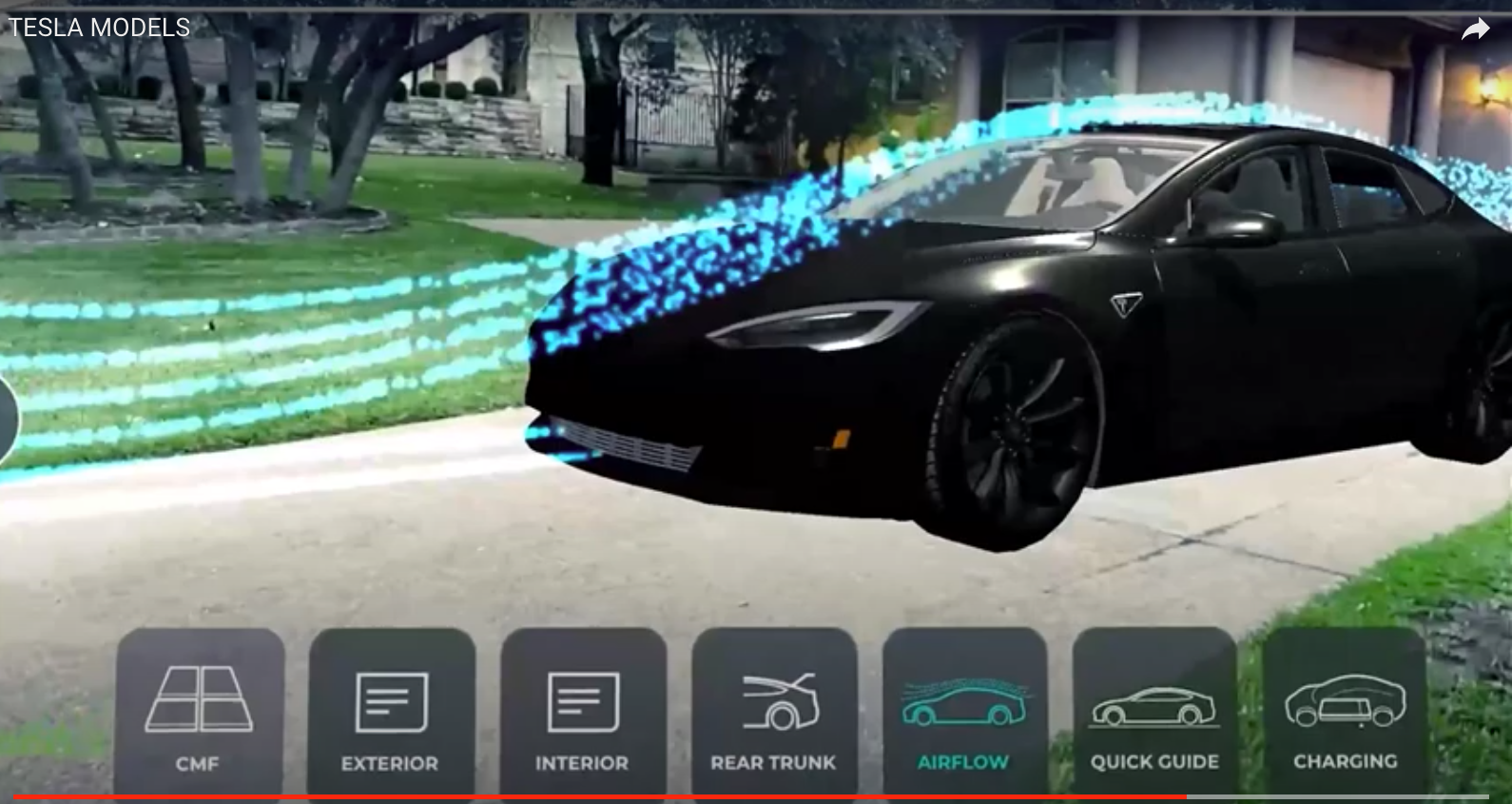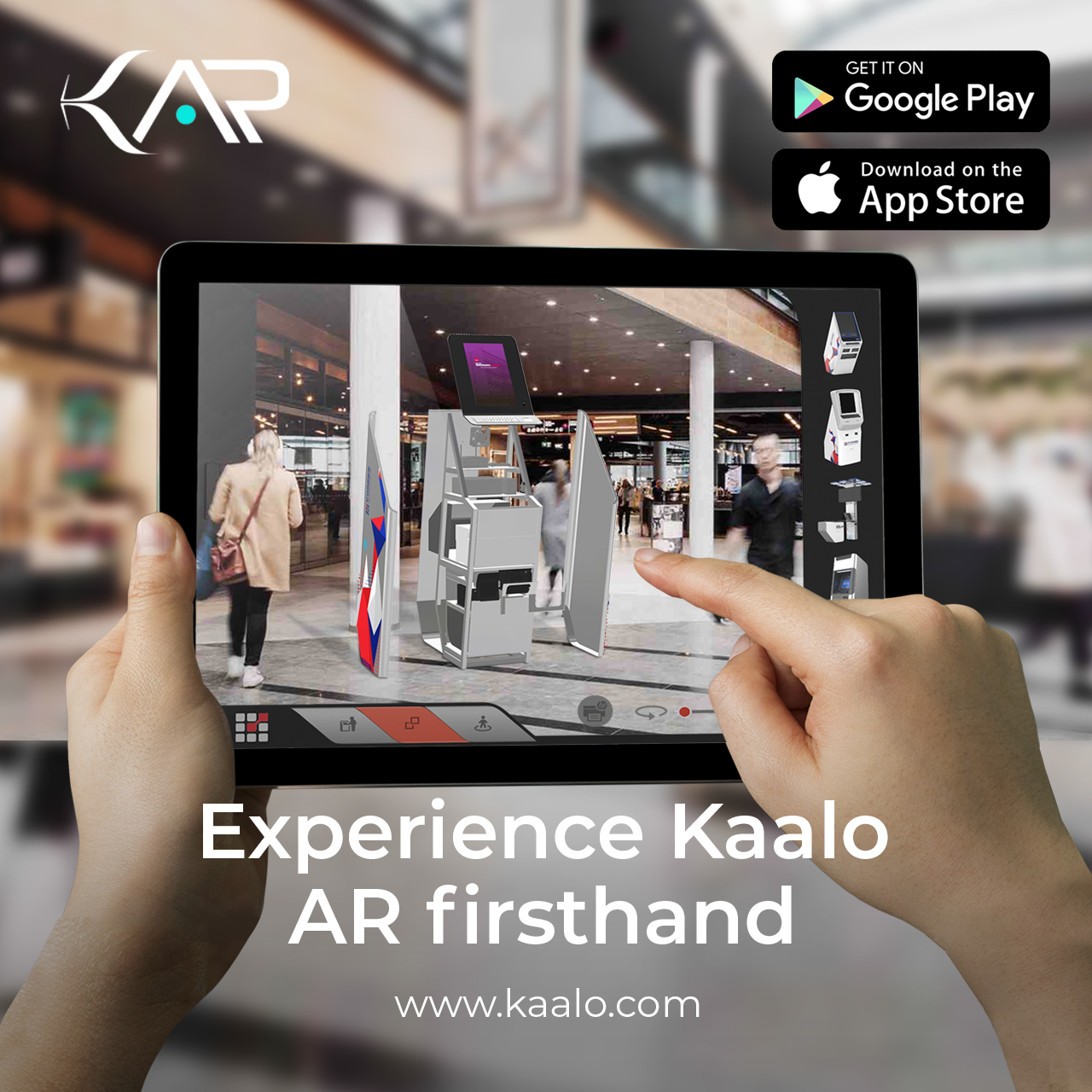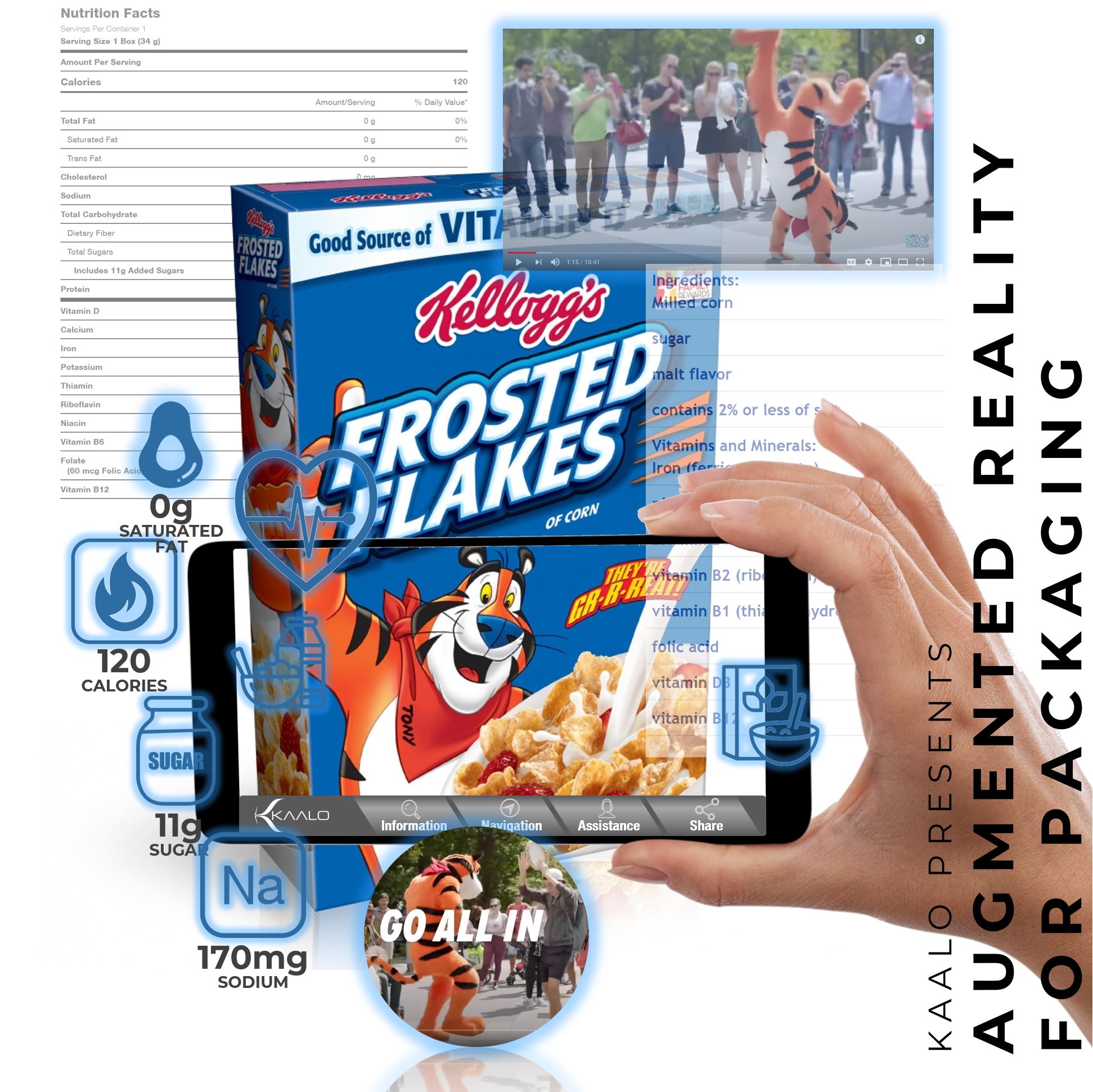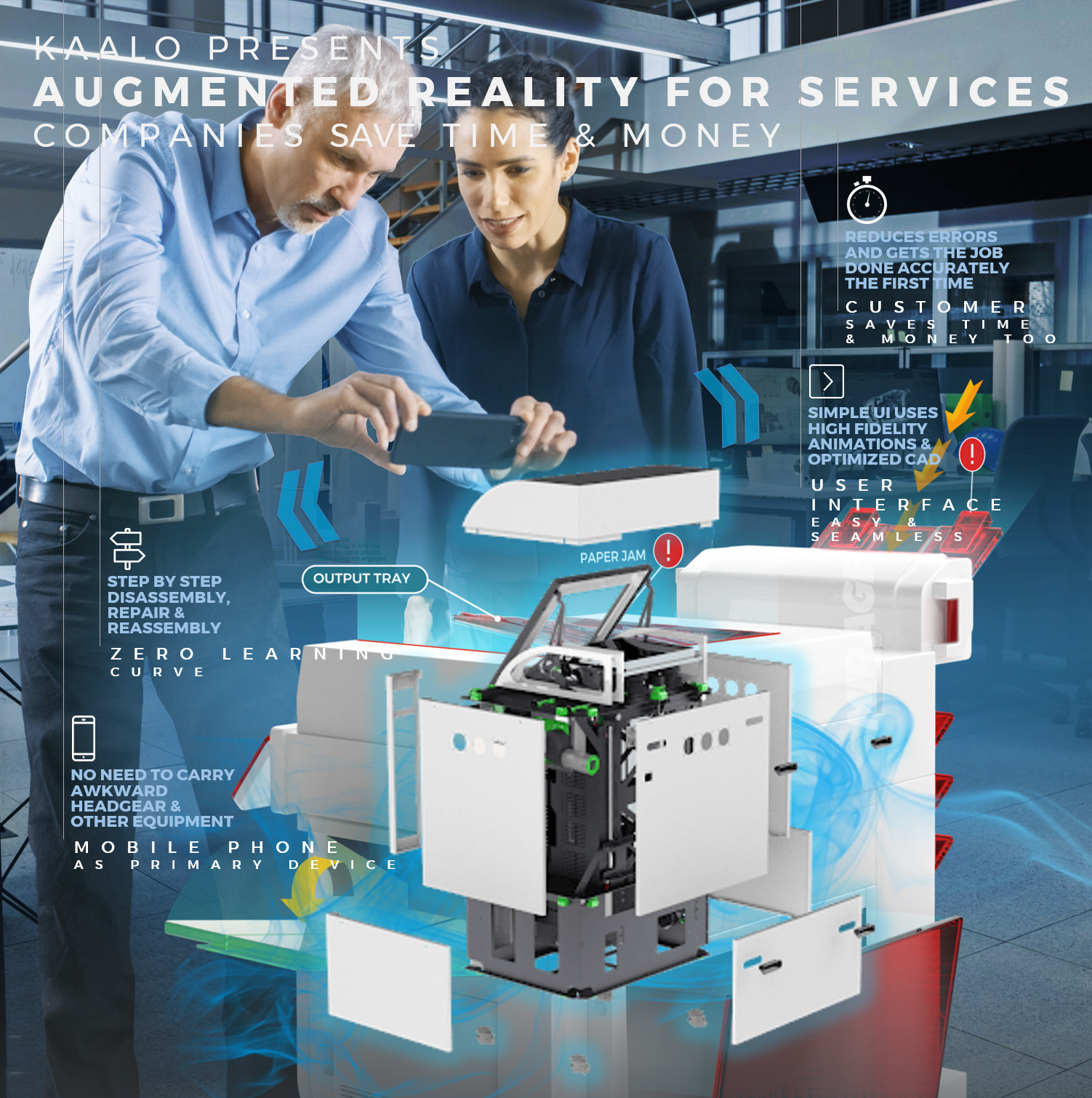What is AR?
Most people are familiar with virtual reality, which generates an entirely computer-generated environment. But “augmented reality” (AR) isn’t as familiar to the general public, though many of us use it on a regular basis. AR does what it says; it augments or enhances our existing environment, overlaying digital information onto the real world. Think of the animal ears available on Snapchat or the critters that pop up on-location with the Pokemon Go app. Those are entertaining examples of AR, but consider how it could be applied to driving directions.
How Your Brain Processes AR
“The power of augmented reality grows out of the way humans process information,” according to the Harvard Business Review (2019). Most of our information processing (up to 90%) is visual. How quickly and accurately we can process that information depends on mental capacity; the demand on that capacity is called “cognitive load.” That cognitive load is greater when there is a gap between where we receive information and where we apply it.
AR Makes Driving Safer.
Take GPS directions, for example. you look at your phone screen, process the instruction and then shift your attention to apply what you just saw to the real-world road in front of you. All that shifting increases cognitive load and the likelihood you’ll make a mistake (miss a turn or cause an accident). Now imagine, through an AR heads-up display, your directions are superimposed onto the road in front of you — no more shifting attention, less cognitive load, fewer mistakes. It makes for a safer, less stressful driving experience.
What Else AR Can Do
This is only a drop in the vast ocean of AR’s potential — how it can enhance our interactions with products and increase efficiency in business. From manufacturing to training to demonstrating products for customers, the digital overlay enhancement of AR has far-reaching applications. Stay tuned for more.



